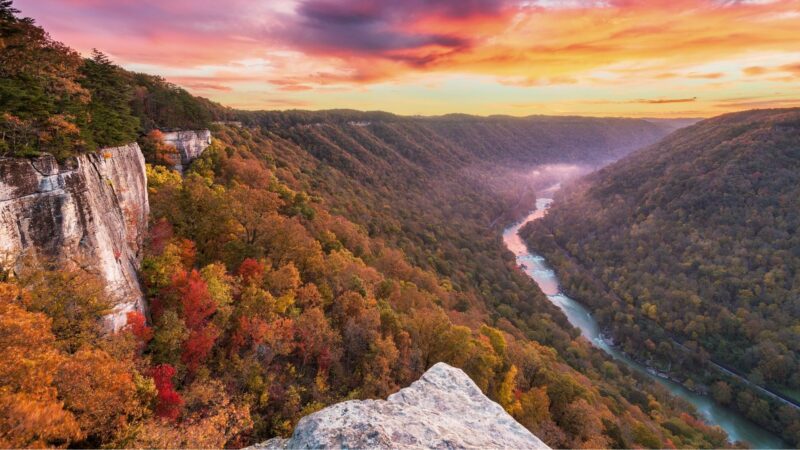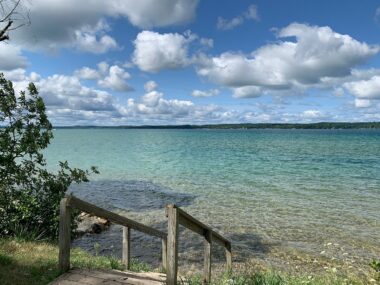Table of Contents Show
One of the best ways to make memories and enjoy nature is to visit a national park. The oldest national parks typically attract the most visitors and get the most attention.
However, some of the newest national parks can be incredible places to visit. Just because they’re more recent additions to the National Park System doesn’t mean they’re less than the older parks. So what are the newest national parks?
Today, we’ll share a little bit about five of the newest national parks and what you should make sure to see and do when visiting them. Let’s get started!
What Is a National Park?
The federal government sets aside land and other areas for many different purposes. Some of the most unique and inspiring lands receive the designation of “national park” from Congress.
The National Park Service (NPS) manages these areas and helps protect them for future generations to enjoy.
An area can receive a designation due to its historical, scientific, or unique landscape significance. These are public lands but typically have very structured rules and regulations for protecting vegetation, natural resources, and animals.
Ensuring the longevity of these lands requires a partnership between the NPS and the millions of guests who visit the parks each year.
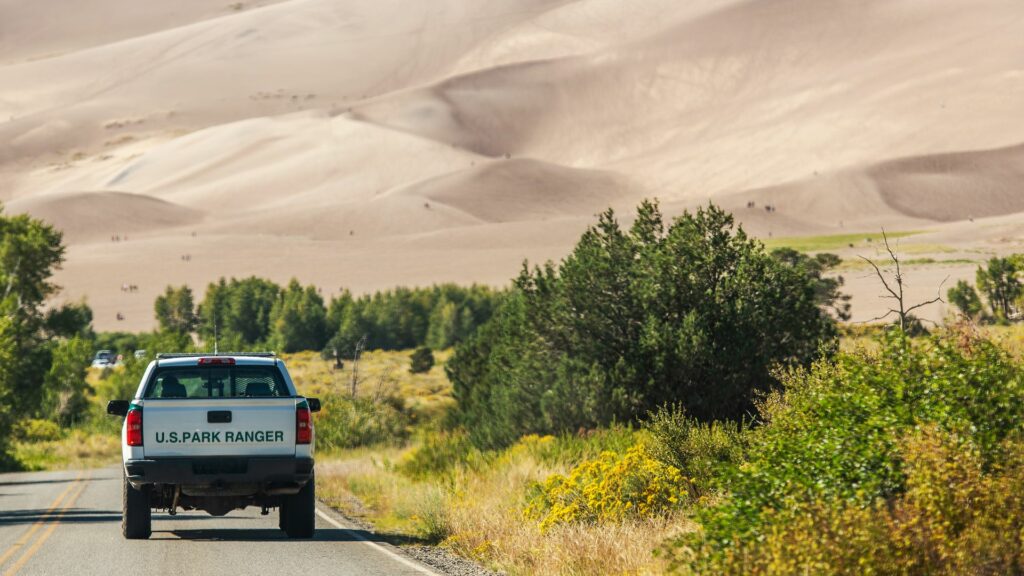
How Many National Parks Are There?
While the NPS manages over 400 national park units, there are currently only 63 units with the national park designation.
However, while the units with that title often receive the most attention, many units without those designations are worth visiting.
In 2021, only two of the top 10 most visited national park units had the national park designation. Units like Blue Ridge Parkway (#1), Golden Gate National Recreation Area (#3), and Gateway National Recreation Area (#4) are just a few examples. So make sure you look for the units near you!
Pro Tip: If you’re looking for ideas on your next outdoor adventure, check out: These State Parks Are Better Than Most National Parks!
What Are the 5 Newest National Parks?
Don’t underestimate the newest national parks. They may not have the same infrastructure or local businesses to entice tourists to visit as some of the older, but they’re still incredible places to visit.
Let’s take a look at the latest additions!
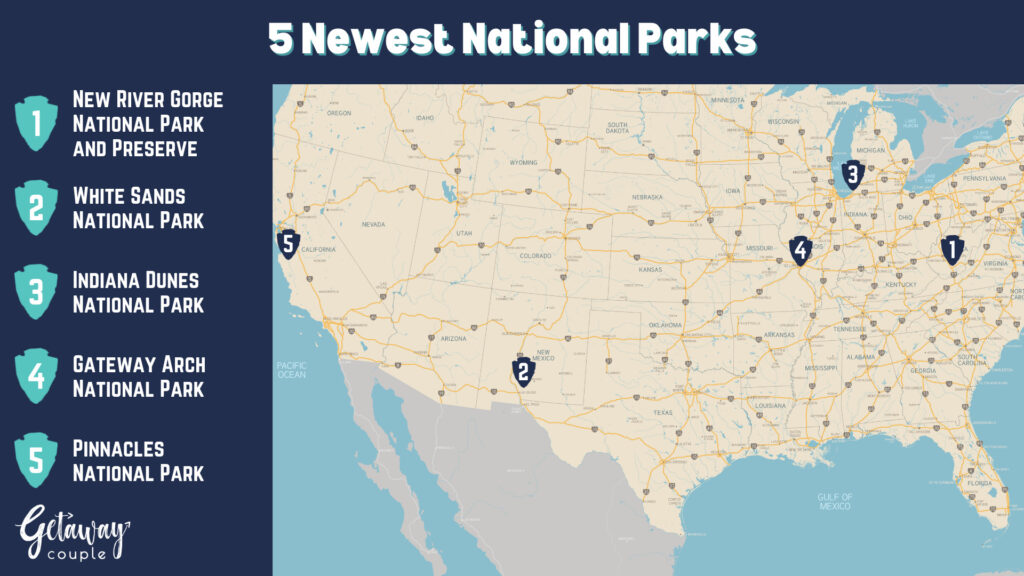
1. New River Gorge National Park and Preserve, West Virginia
Established a National Park: 2020
Park History: New River Gorge National Park and Preserve is over 70,000 acres and is the newest park in the National Park System. It was established in 1978 as New River Gorge National River before receiving its new designation.
The park’s area is an outdoor enthusiast’s wonderland as it provides a generous amount of opportunities for hiking, biking, whitewater rafting, canoeing, rock climbing, camping, and more.
One unique characteristic of New River Gorge National Park is that it’s also a national preserve. This means that activities like hunting, fishing, and trapping for sport or subsistence are legal activities.
Still, the NPS can limit them to preserve and protect the animals, resources, or landscapes.
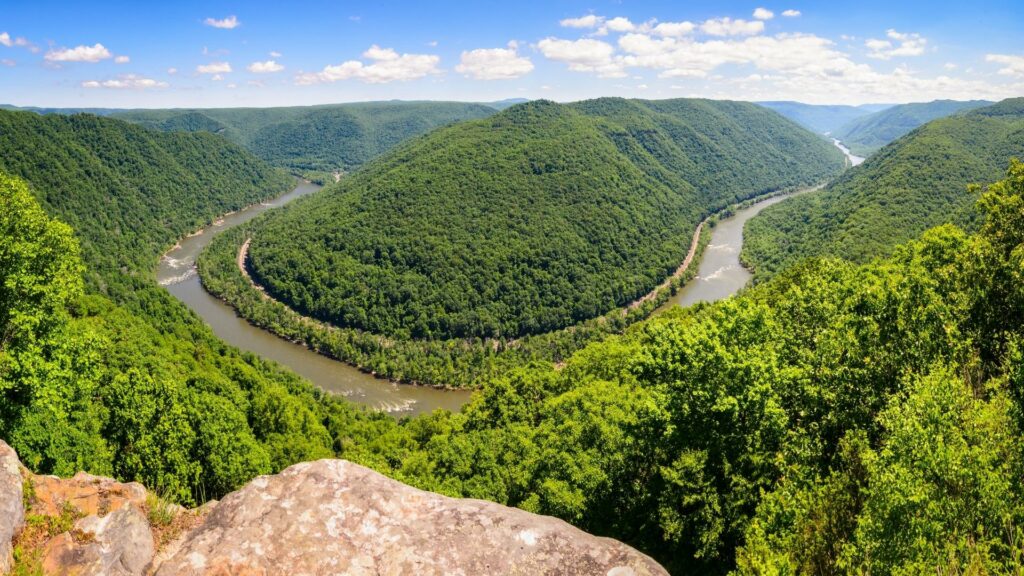
Must-See Attractions: There are over 100 miles of trails to visit, 1,600 established climbing routes and an 83-mile scenic drive that takes about three hours.
No matter what you want to do, take the time to enjoy the view from the many overlooks throughout the park. Each overlook provides a different view of the landscape and allows you to easily enjoy and appreciate the park’s natural beauty.
One of the best overlooks is at the Canyon Rim Visitor Center. When you stop here, you can take a seat and look down into the canyon to watch the rapids push their way over rocks and boulders.
From this visitor center, you also get a fantastic view of the New River Gorge Bridge, one of the most photographed spots in West Virginia.
2. White Sands National Park, New Mexico
Established a National Park: 2019
Park History: White Sands National Park was previously White Sands National Monument since 1933. Government officials worked for nearly half a decade to change the designation from national monument to national park.
The park sits approximately 220 miles south of Albuquerque and 50 miles east of Las Cruces.
The park’s designation was written into the National Defense Authorization Act signed in late 2019. It neighbors with White Sands Missile Range, which frequently tests military weaponry and was the first atomic bomb detonation site.
Upgrading the monument to a national park was a relatively even trade for public and military needs. The park gained approximately 2,000 acres, and guests no longer have to worry about closures due to testing at the missile range.
However, while the park itself typically no longer closes due to missile testing, the major highway into the park does experience regular closures.
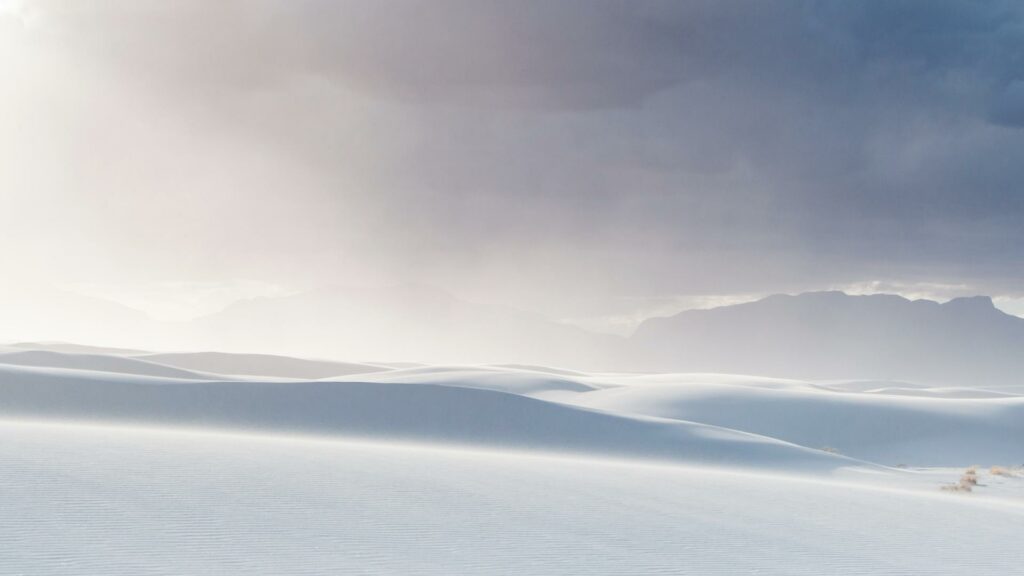
Must-See Attractions: Visiting White Sands National Park is a one-of-a-kind experience that you’ll never forget. You’ll feel like you’ve entered another planet when you drive into the world’s largest gypsum dune field.
Hiking is available in the park but can be very strenuous due to the sandy dunes. If hiking isn’t your thing, guests can bike throughout the park. However, bikes must remain on the roads and must avoid off-road biking.
One of the most popular activities in the park is sledding down the dunes. You can purchase sleds and wax from the visitor’s center. The wax is important to help create a smooth and slick surface and reduces friction between the sled and sand.
However, make sure you apply sunscreen regularly and bring plenty of water. The sun reflecting off the white sand seems to enhance the harsh and dangerous rays from the sun. You could receive a sunburn and not realize it until it’s too late.
Pro Tip: Need more reasons to visit the White Sand Dunes? Here are additional reasons why it should be on your bucket list!
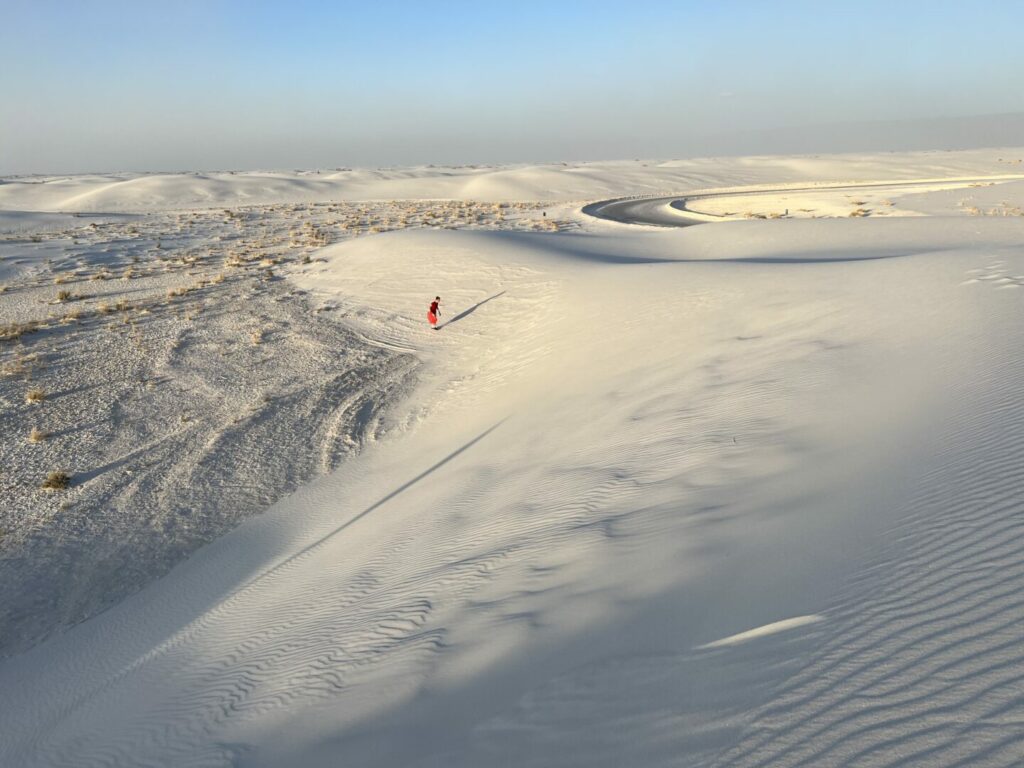
3. Indiana Dunes National Park, Indiana
Established a National Park: 2019
Park History: While Indiana Dunes National Park received its designation in 2019, the process began over 100 years prior. Many locals and other concerned environmentalists strived to protect the dunes.
Just when they thought they were making progress and the NPS was established, the United States entered World War I. Everyone’s attention shifted to protecting the country as a whole.
It wasn’t until after a 10-year petition that the State of Indiana opened Indiana Dunes State Park in 1926. The Indiana Dunes Preservation Council and other councils focused on saving the dunes worked against politicians and business people who were excited about the opportunity to construct a large shipping port.
The Save the Dunes Council began a nationwide fundraising campaign to purchase land for preservation. During President John F. Kennedy’s time in the White House, the designation of a national lakeshore was created.
Government officials saw the importance of protecting the lakeshore and the importance of a growing economy. Officials compromised and opened possibilities for the creation of the Port of Indiana and Indiana Dunes National Lakeshore.
The lakeshore has nearly doubled in size over time, from 8,330 acres to 15,000 acres today.
On February 15, 2019, Congress changed the designation from Indiana Dunes National Lakeshore to Indiana Dunes National Park. It became the 61st park managed by the NPS.
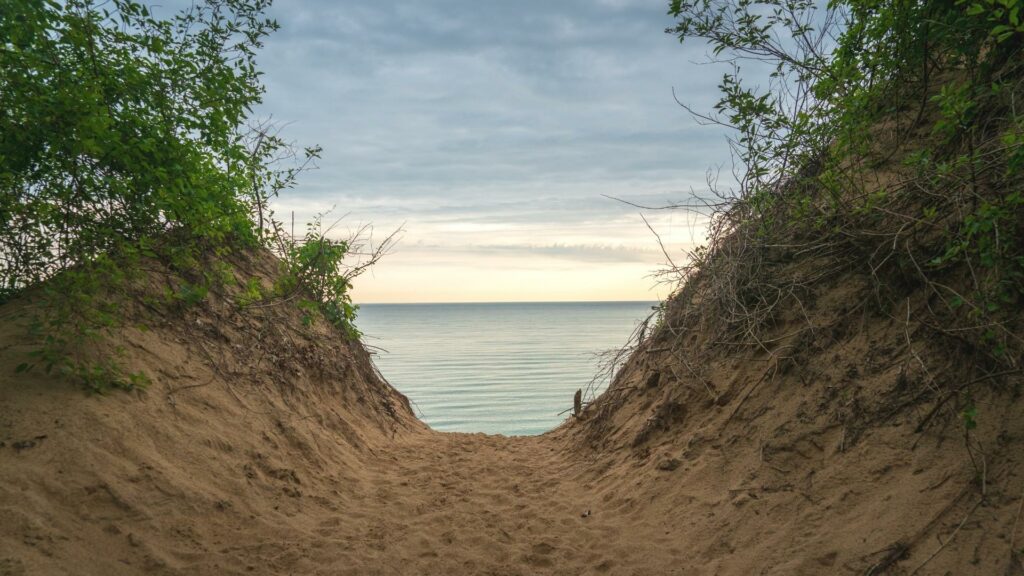
Must-See Attractions: There are many things to see and do when visiting Indiana Dunes National Park. The park has 14 different trail systems that provide over 50 miles of hiking.
In addition, bikers can enjoy an interconnected trail system that covers 37 miles of the park. The park offers exciting interpretive programs and other activities throughout the year.
This is top-rated, especially for camping. The campgrounds near the park often operate at capacity for most of the camping season. In other words, if you want to camp here, make your reservation early.
The sandy beach is perfect for beach-goers and swimmers. You’ll find plenty of historical sites to enjoy in and around the area.
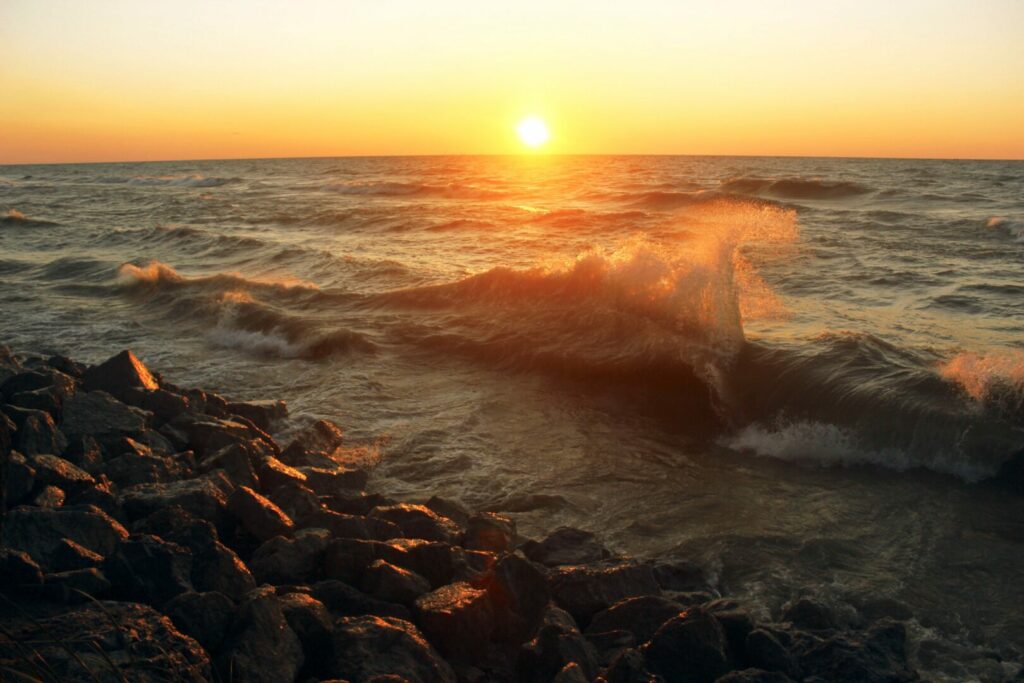
4. Gateway Arch National Park, Missouri
Established a National Park: 2018
Park History: It’s hard to imagine what the early American settlers experienced as they traveled westward. Gateway Arch National Park is a memorial to St. Louis’s massive role during this time and as travelers headed west.
You can’t drive through St. Louis without catching at least a glimpse of the enormous arch.
The process for what we see today began in 1935 by President Franklin D. Roosevelt. He desired to see property along the riverfront in St. Louis to serve as a memorial honoring Thomas Jefferson’s expansion of the country through the Louisiana Purchase.
Years later, a nationwide design contest helped select the design for the monument. Eero Saarinen’s stainless steel arch design was selected, and construction began in 1963 and finished in 1965.
In 2018, Congress changed the name and designation from Jefferson National Expansion Memorial to Gateway Arch National Park. This designated it a national park and made it the smallest.
The designation is a bit controversial. Many enthusiasts have a hard time comparing it to other parks with the same designation as it is a 100% manufactured park. Nothing about it is natural. Purists preferred it had stayed a national memorial.
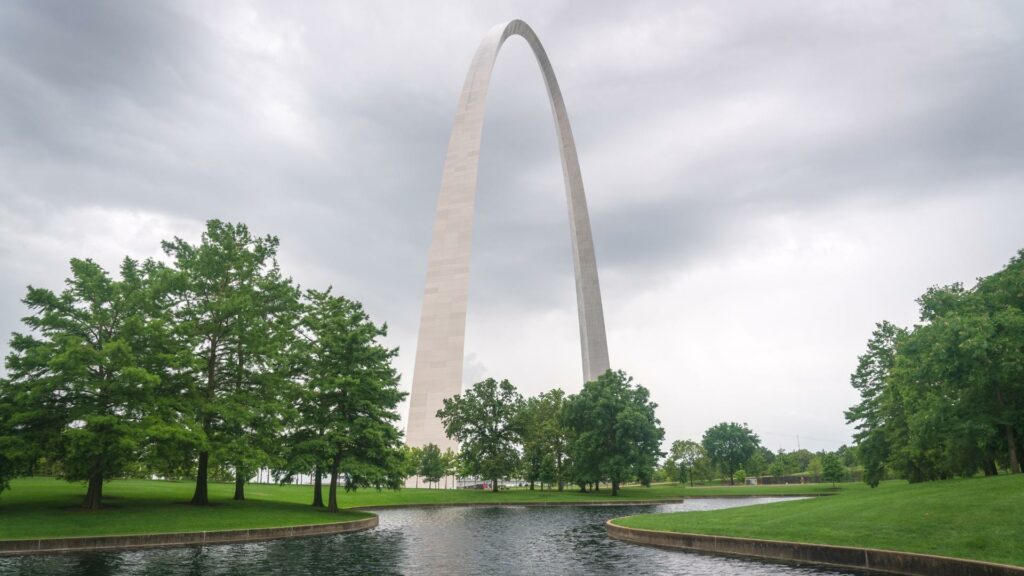
Must-See Attractions: A visit to Gateway Arch National Park is a great way to learn about the expansion westward of the United States. The park facilities are full of educational exhibits and information to help understand the process. It’s a great opportunity for history buffs of all ages to learn about a unique point in American history.
However, one of the only must-see attractions at Gateway Arch National Park is the top of the arch. The trip takes approximately 45 to 60 minutes, and the top provides an incredible view.
Go during baseball season, and you can get an excellent view of an inning or two inside the St. Louis Cardinals’ Busch Stadium.
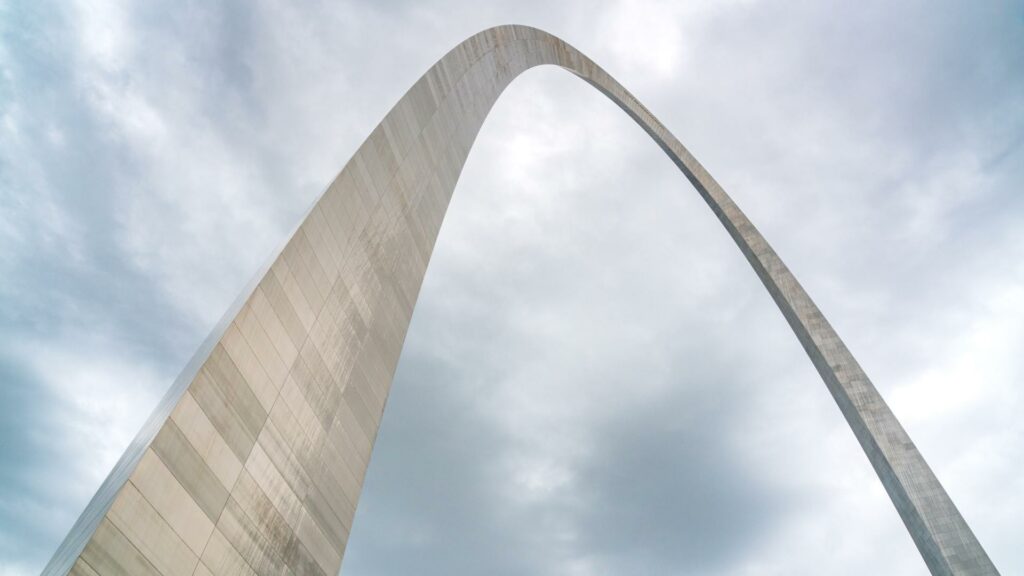
5. Pinnacles National Park, California
Established a National Park: 2013
Park History: Despite being one of the newest national parks, the landscapes at Pinnacles National Park formed 23 million years ago.
What we see today is the result of a violent volcanic eruption where lava flowed and slid until it cooled and hardened. It’s a unique landscape that can provide a great place to adventure and explore.
For nearly 10,000 years, the park was home to native people who called what we know now as present-day California. Spanish missionaries and settlers flocked to the area, and in 1908, it received the designation as a national monument.
We can thank President Theodore Roosevelt for this as it was one of the many national forests, monuments, and parks attributed to his leadership.
However, it wasn’t until 2013 that Congress passed legislation, and President Barack Obama signed into order the designation change from a national monument to a national park.
The park is home to several endangered animals. It also played a significant role in the California condor recovery program.
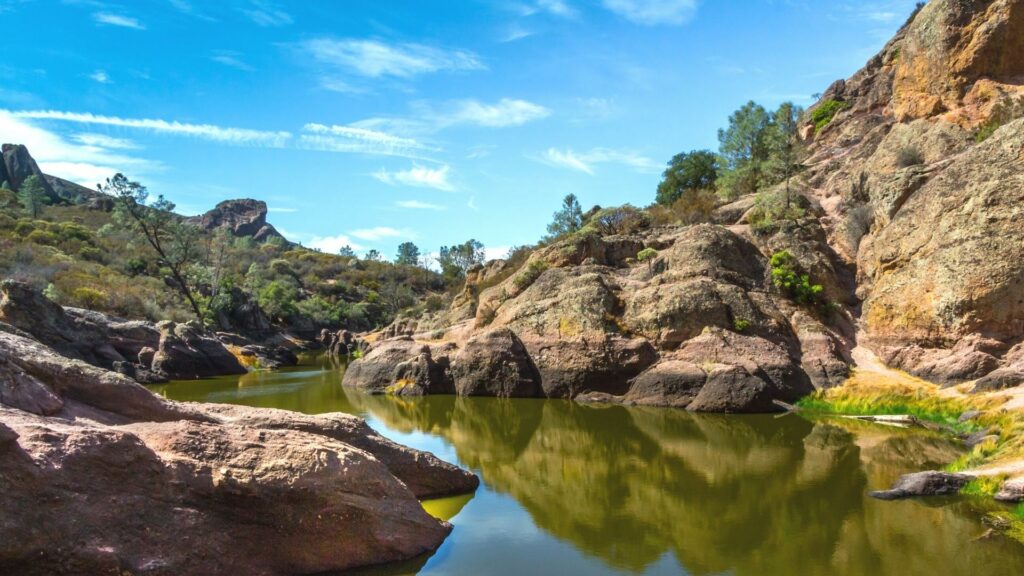
Must-See Attractions: You’ll find 30 miles of hiking trails if you visit Pinnacles National Park. You’ll also find everything from flat, easy walks to all-day hiking challenges. Just bring plenty of water because the summer heat can be intense.
There’s more than just hiking and walking to enjoy. The park is home to hundreds of climbing routes throughout the park and two talus caves. You can find just about every type of adventure opportunity within this park.
While exploring the park, keep your eyes on the sky and examine the rock formations. You might catch a glimpse of a rock climber and the many birds that call the park home. You can see the California Condor, Acorn Woodpecker, and various other birds flying around the park.
Keep in Mind: These are The 5 Least Visited National Parks in the US, and they still deserve your attention!
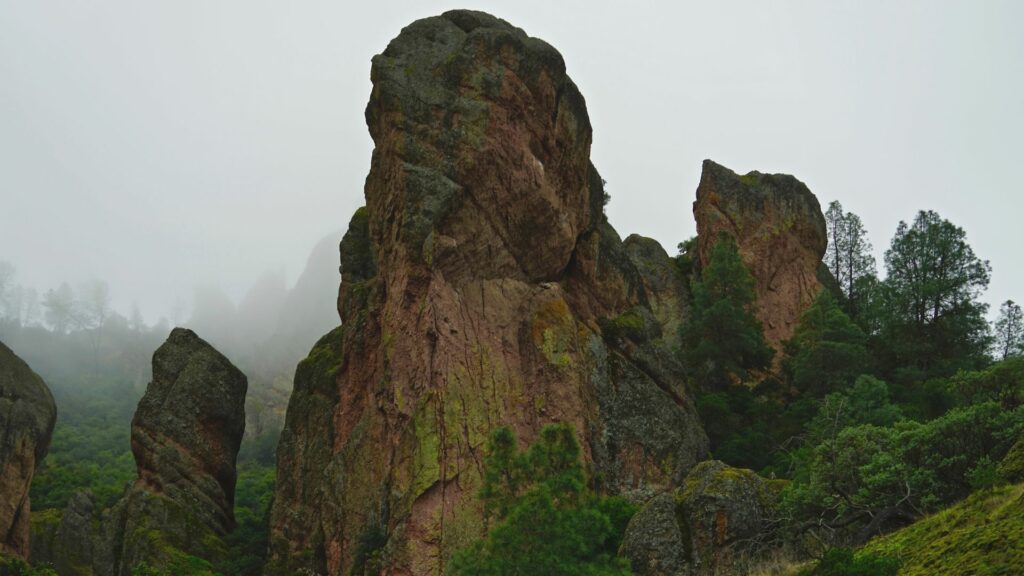
Which National Park Will You Visit Next?
Visiting any of the national parks can be an exciting adventure. Each one is unique in its own way. They allow you to create your own adventure.
You can visit the same park hundreds of times and have a new experience. Whether you visit one of these five or another, we hope you’ll get out and adventure and make some memories.
Which ones are on your travel bucket list?




